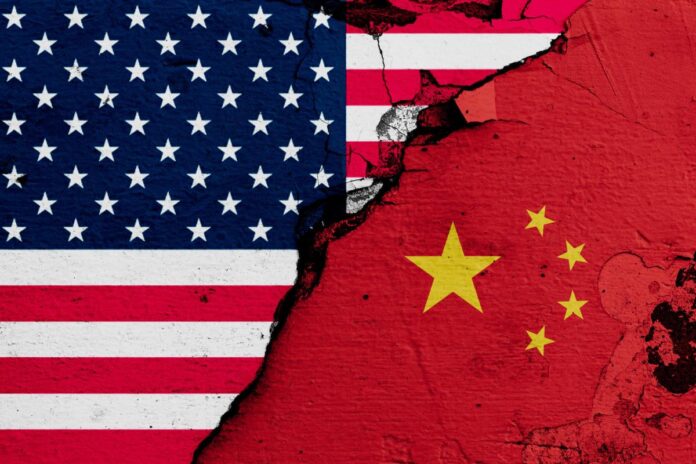Donald Trump has announced that he is ready to sign a major trade deal with President Xi Jinping. Washington will reduce tariffs on Chinese goods to 55%, while Beijing will reduce tariffs on American goods to 10%. China lifts restrictions on rare earth exports, and Chinese students have access to U.S. universities again.
Formally, this is a truce, but in reality we are talking about a resumption of the confrontation in a new format. After the peak in the spring, when tariffs reached 145% on both sides, the US and China are taking a step backwards not out of sympathy, but because of rethinking interests. The leading economic powers are not withdrawing from the conflict, but are rebuilding it in other ways.
Forecast (second half of 2025 – 2027):
1. New Cycle ProtectionismThe deal will be used by Trump as an argument in his congressional campaign and will be used as a basis for shifting the debate from tariffs to technological restrictions. The United States will tighten controls on investments and exports of chips, artificial intelligence and biotechnology. Tariffs are reduced, but the level of strategic confrontation is not.
2. Rethinking global supply chains and trade routesU.S. companies will be given a period to restore some of their production, but China will compensate by increasing expansion in Southeast Asia, Africa and Latin America. The logic of “containment of China” shifts to the zone of “indirect competition” for the markets of third countries.
3. The geopolitical price of compromiseThe trade pause will cause tensions between U.S. allies in the Asia-Pacific region, especially Japan, South Korea, and Taiwan. Beijing, on the other hand, will try to secure the agreement as a concession to a tougher policy of domestic control and external pressure. Reciprocal concessions do not eliminate the logic of systemic rivalry.
The official reconciliation between the US and China is not the end of the trade war, but its second act. The conflict has simply changed its outer shell: from tariffs to infrastructure, from numbers to standards, from markets to blocks.
Translated and edited by Joe Albert

